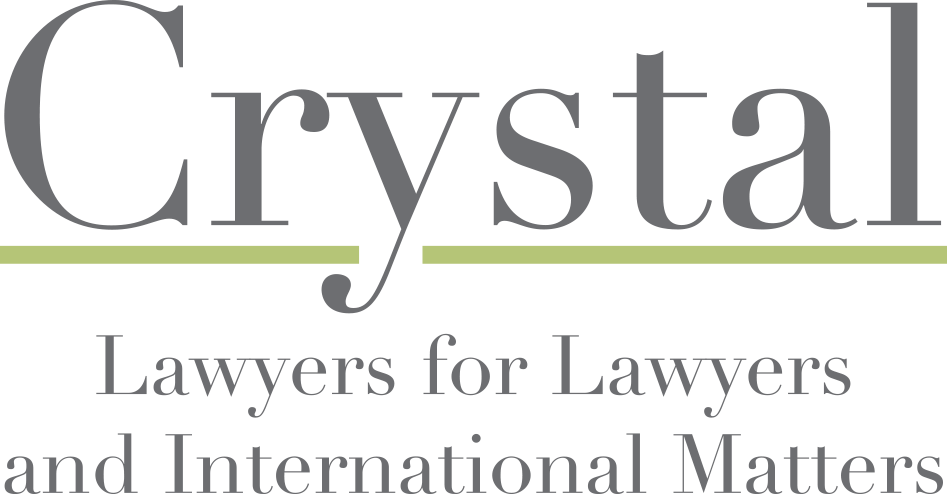 If a lawyer is changing firms, when does a conflict of interest exist and what can be done about it?
If a lawyer is changing firms, when does a conflict of interest exist and what can be done about it?
When lawyers decide to leave a firm and open their own office, conflict of interest issues should not arise because the new firm will not have existing clients. On the other hand, three types of conflicts can arise when lawyers join an existing firm.
First, the lawyer’s old firm may represent a client that is directly adverse to a client of the new firm, either in a litigation or a transactional matter. If the client of the old firm will remain with that firm, and if the moving lawyer was not involved in the representation of the client of the old firm and did not acquire any confidential information from the client, then no conflict exists. See ABA Model Rule 1.9(b). In this case the rules do not prohibit either the moving lawyer or the new firm from representing a client of the new firm against the client of the old firm. However, it may be prudent, although not ethically required, for the moving lawyer to avoid involvement in the matter after joining the new firm.
Second, a conflict does arise if the moving lawyer was substantially involved in the representation of the client of the old firm or otherwise acquired confidential information about that client. In this case the moving lawyer is personally disqualified from representing the client of the new firm against the client of the old firm under either ABA Model Rule 1.9(a) or 1.9(b) and, perhaps more significantly, the disqualification is imputed to the new firm. See ABA Model Rule 1.10(a).
What can be done when this type of conflict arises? There are four possibilities: (i) abandon the move; (ii) defer the move until the conflict-generating matter ends; (iii) seek the informed consent of both affected clients under Rule 1.9(b). These three options may be either undesirable or impractical. (iv) The fourth option is screening of the disqualified lawyer. The ABA Model Rules allow screening when a disqualified lawyer moves to a new firm to prevent disqualification of the firm, ABA Model Rule 1.10(a)(2). Unfortunately, some states such as South Carolina has not adopted this provision, and the South Carolina Ethics Advisory Committee has also advised against screening, although the facts of the opinion were somewhat unique. See S.C. EOP #04-10. However, in other jurisdictions some courts approved screening for policy reasons even before the adoption of the ABA Model Rule revision, so perhaps a court in a jurisdiction like South Carolina that has not formally adopted ABA Model Rule 1.10(a)(2) could be persuaded to approve screening when a disqualified lawyer joins a firm.
Third, a conflict may arise when a client that a moving lawyer plans to bring to the new firm has a conflict with an existing client of the new firm. The conflict may be in a single matter or, more commonly, in unrelated matters. For example, if a lawyer plans to bring a transactional client to the new firm, a conflict exists if the new firm is handling a litigation matter against the transactional client on behalf of another client. In this situation, the screening option is not available. The ABA Model Rules and prior case law only allowed screening when the lawyer moved between firms and the conflict was based on the lawyer’s former representation of the client. In this third situation, the conflict arises because of current representation of multiple clients by the new firm under Rule 1.7(a)(1); screening is not permitted; only the first three options listed above can be used. See ABA Model Rule 1.10(a)(2) (limiting screening to situations in which the conflict arises under either Rule 1.9(a) or 1.9(b)). Note, however, that the new firm could propose screening to the affected clients as part of the process of seeking their informed consent to this conflict.
For more information, Nathan M. Crystal.
